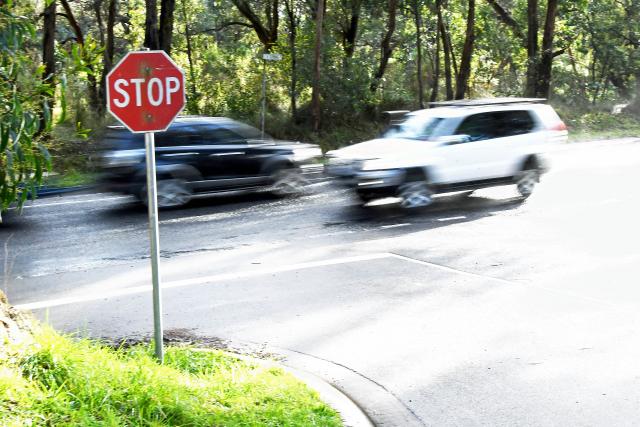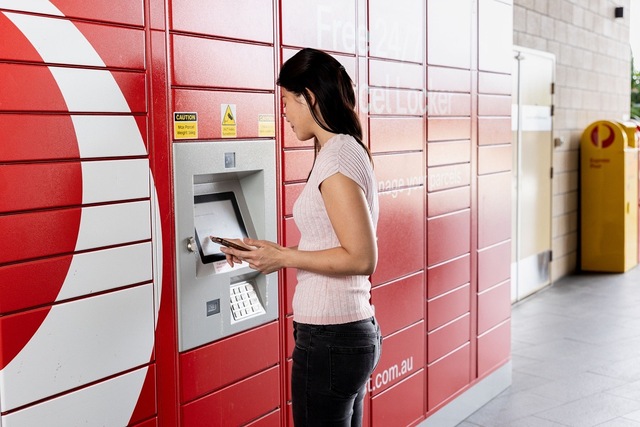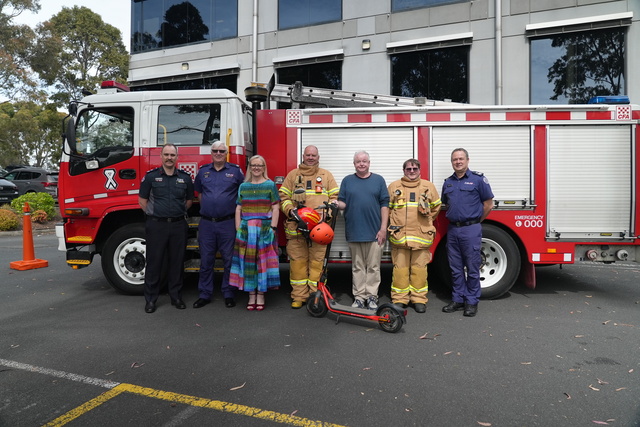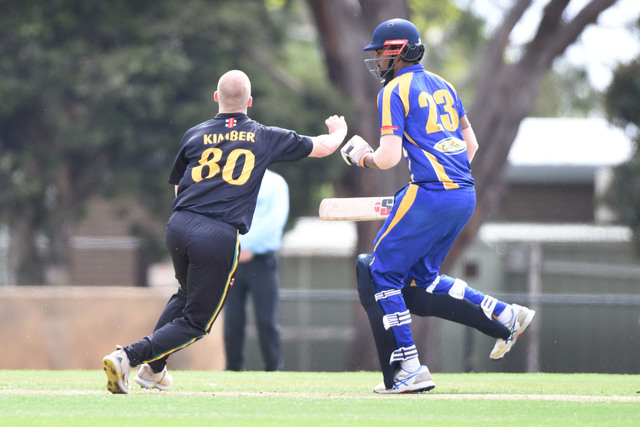The Berwick-Cranbourne Road/Clyde Road thoroughfare connecting Berwick and Clyde has been listed as the sixth most dangerous road by road users in RACV’s My Melbourne Road survey.
RACV’s inaugural My Melbourne Road survey received feedback from 5000 motorists, cyclists, pedestrians and public transport users on their safety concerns of Melbourne’s transport network.
The intersection of Wellington Road and Dorning Road in Narre Warren East was also named as the third most dangerous intersection due to its low-visibility bend, a 100 km/h speed limit and no turning lane into the Little Joey’s Early Learning childcare centre.
According to the respondents, the most dangerous road for Casey was Clyde Road/Berwick-Cranbourne Road, from the Princes Freeway to Pattersons Road, and the intersection attracting the most safety concerns was the intersection of Princes Freeway and Clyde Road in Berwick.
RACV policy head James Williams said there were a number of concerns with Clyde Road/Berwick-Cranbourne Road.highlighted by respondents
“The top concerns highlighted with Clyde Road/Berwick-Cranbourne Road included overall road inadequacy to support high demand and growth, concerns regarding road quality and potholes and inconsistent road width, leading to last-minute merging,” he said.
A respondent said that where Clyde Road/Berwick-Cranbourne Road meets Thompsons Road needed to have traffic lights introduced.
“A roundabout on such a busy road does not allow traffic to flow,” the respondent said.
Another respondent commented that the road surface along the road was “badly damaged” and was “very dangerous” for road users.
“Despite several repairs, they can’t get it fixed,” the respondent said.
Berwick MP Brad Battin said the road had a number of issues which made it more dangerous for road users.
“The potholes and broken edges make the road more dangerous,” he said.
“The Labor Government has cut funds from Clyde Road to pour into their ‘Big Build’.”
A Department of Transport and Planning spokesperson said they welcomed all community feedback on road safety.
“We continually monitor our state’s transport network for potential improvements to ensure all road users can get where they need to go safely,” the spokesperson said.
“Road safety is a broad and complex issue that requires a strategic, multi-faceted and coordinated approach.
“We’re continuing to build safer roads across the state and investigating safer technologies at intersections, making sure speed limits are appropriate and developing community education strategies to increase understanding of road safety.”
According to the Department of Transport and Planning, road and intersection improvements were considered based on various factors, including the extent to which a solution would improve safety or congestion, the number of road users travelling along the road and the need to cater for vulnerable road users.
Mr Williams said RACV would share the My Melbourne Road survey results with governments and advocate for improvements to the roads identified by participants.
“Of the 5000 safety concerns raised by participants, intersection safety was the area of greatest concern, followed by unsafe behaviours of other drivers, such as speeding and erratic driving,” he said.
“The survey results suggest that unsafe driving was heightened in congested traffic.
“These findings are a reminder that investment in road infrastructure is critical to improving safety and that motorists also need to drive safely and to the traffic conditions.”
Across Melbourne, Mount Alexander Road, which runs through Essendon, Moonee Ponds and Ascot Vale in the city’s North-West, received the most safety concerns in the survey.
The intersection of Mount Alexander Road and Keilor Road in Essendon topped the list of intersections with the most safety concern from respondents.
Mr Williams said all road users were responsible for making roads safer.
“Whether it’s driving at a safe speed, keeping a safe distance or not using a portable device while driving, we can all do our part to make our roads safer,” he said.







